Get ready: the Super Generation is coming! The great grandkids of the monarchs we saw last spring will soon fly through central Texas. These monarchs, the fourth generation in the migratory chain, have an extra special role: they will travel all the way from Canada and the northern U.S. to the forests of Mexico, where they’ll spend the winter. To make the journey, “super monarchs” live eight times longer than other generations (about eight months) and travel 10 times farther—covering 50 to 100 miles a day, with the help of air currents. (Catch Flight of the Butterflies 3D at the Mill this September to see the journey!)
Gregg’s Mistflower is a fall favorite for monarchs
(Photo: Ray A. Moranz, USDA/NRCS)
To welcome them and other pollinators, our horticultural guru Justin Fyffe is busy prepping the Science Mill’s Butterfly Garden. “Fall monarchs need nectar sources to fuel their long flight,” says Justin. “One of my favorites—and a butterfly favorite, too—is Gregg’s Mistflower. It’s beautiful, it’s easy to maintain and it’s a magnificent nectar source for pollinators.” Texas Lantana and Turk’s Cap are also good nectar sources; our butterfly- and bee-friendly garden guides have more suggestions.
Justin recommends adding these nectar-rich native plants by mid-to-late September. “Start the month by laying down fresh mulch compost. Then your beds will be ready to plant in two to three weeks. September 13-18 are usually good planting dates for the Hill Country area.”
September’s prep work also includes planning for next spring. “By late August, a lot of our native plants finish flowering and have gone to seed. It’s a great time to collect those seeds and redistribute them,” explains Justin. “I’m the crazy plant guy who goes on walks in the park and comes home with pockets filled with seeds!” Planting wildflower seeds in mid-September to late October allows the plants to incubate in the cool winter temps. Justin uses the fall to propagate tropical Milkweed plants as well, which will provide essential shelter and food in the spring as monarch eggs hatch into caterpillars.
Amazingly, we’ll get a chance to briefly welcome the Super Generation back. From their breeding grounds in Mexico, they’ll journey north into Texas in late February to lay their eggs—the first generation of the new year’s migratory cycle. With Justin’s advice, we’ll be ready!
We’d love to see your pollinator gardens and hear about your monarch sightings: tag @ScienceMill on Facebook, Instagram, and Twitter.
MORE TO EXPLORE
13 Ways to Help Butterflies and Bees
Track monarch sightings and add your own at Journey North
Join citizen science projects that support butterflies, bees and other pollinators:








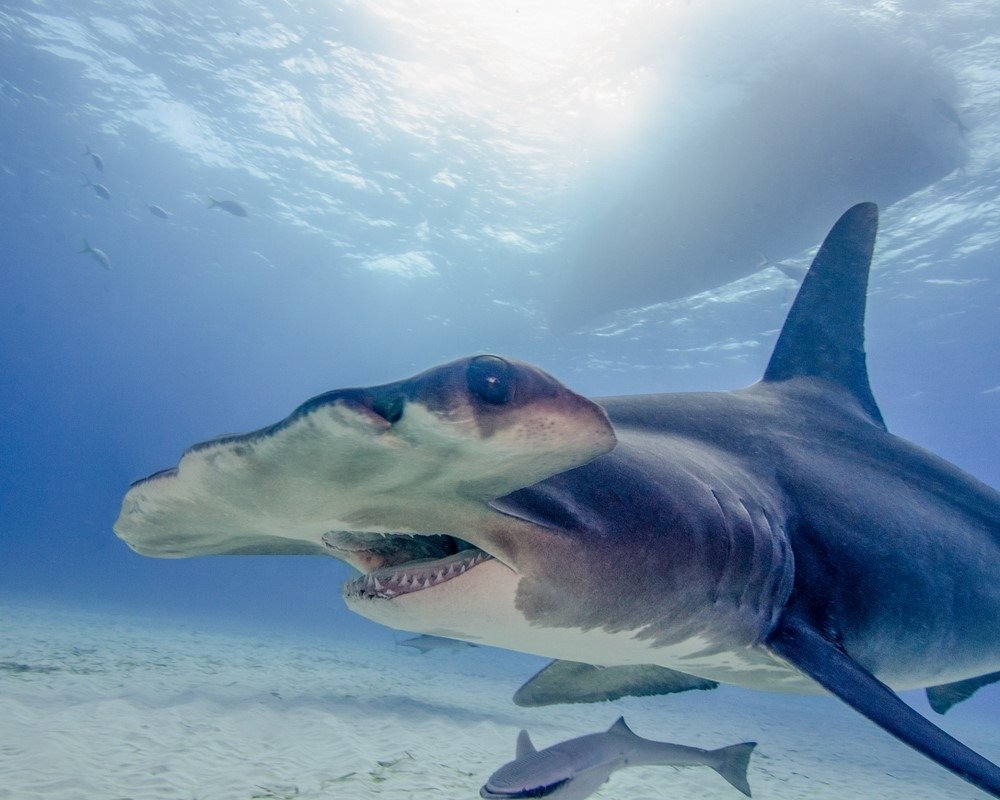
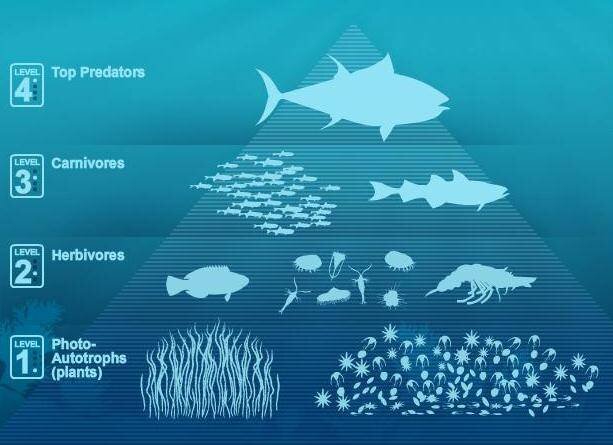
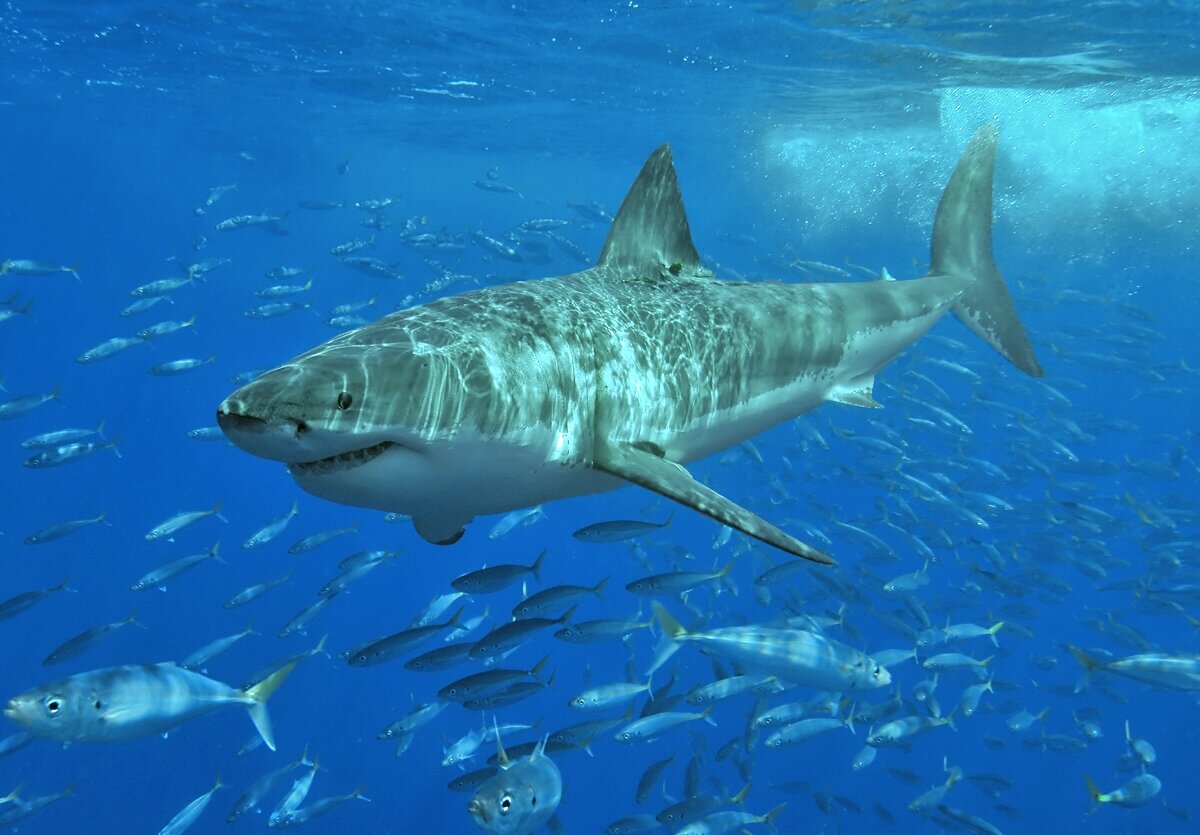
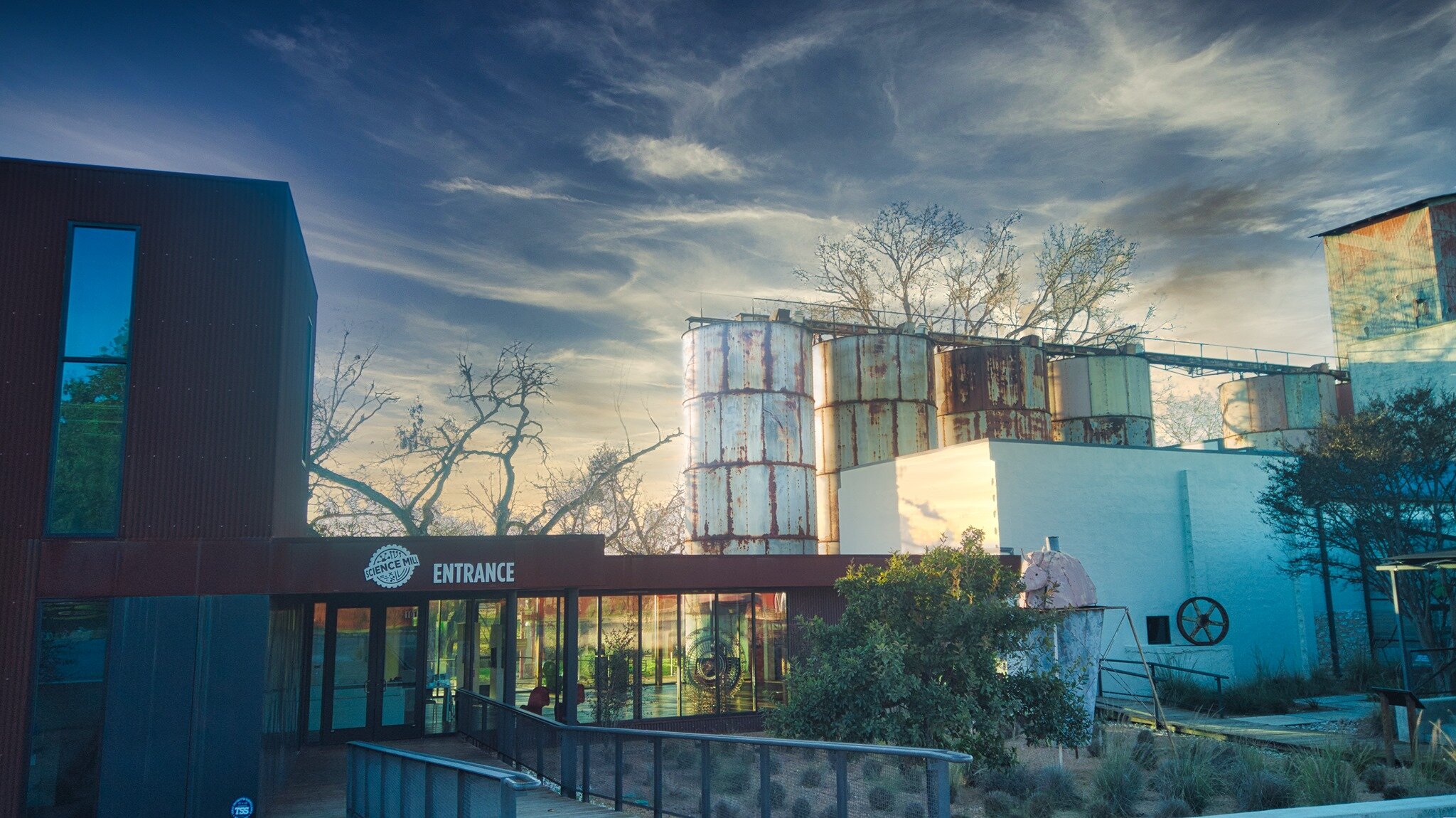
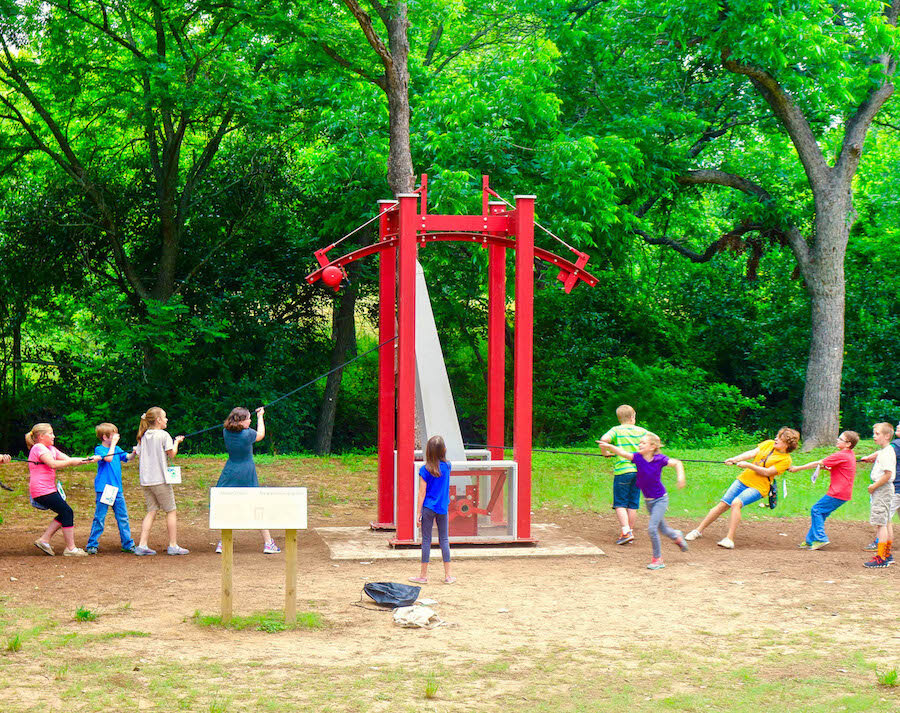
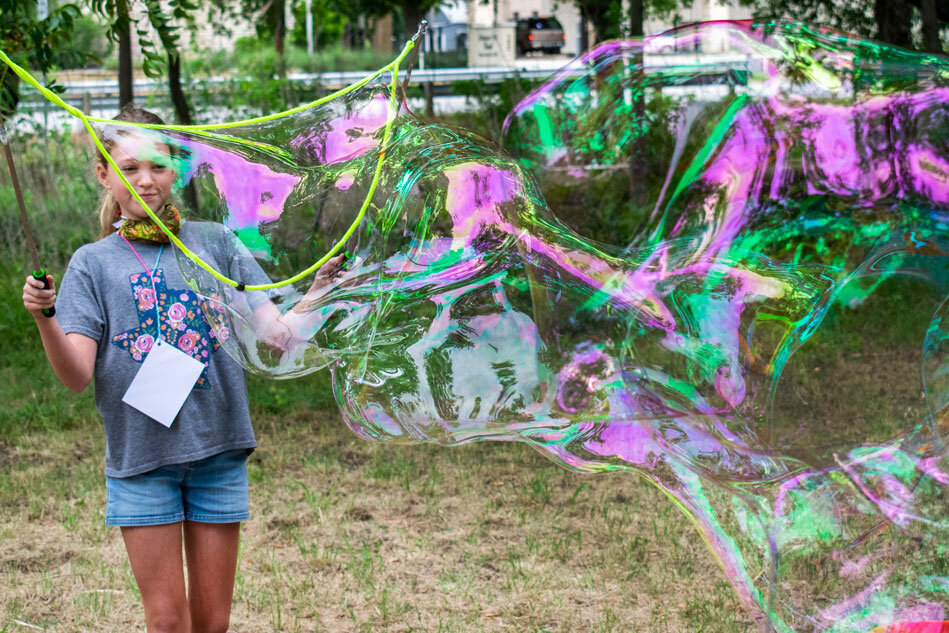
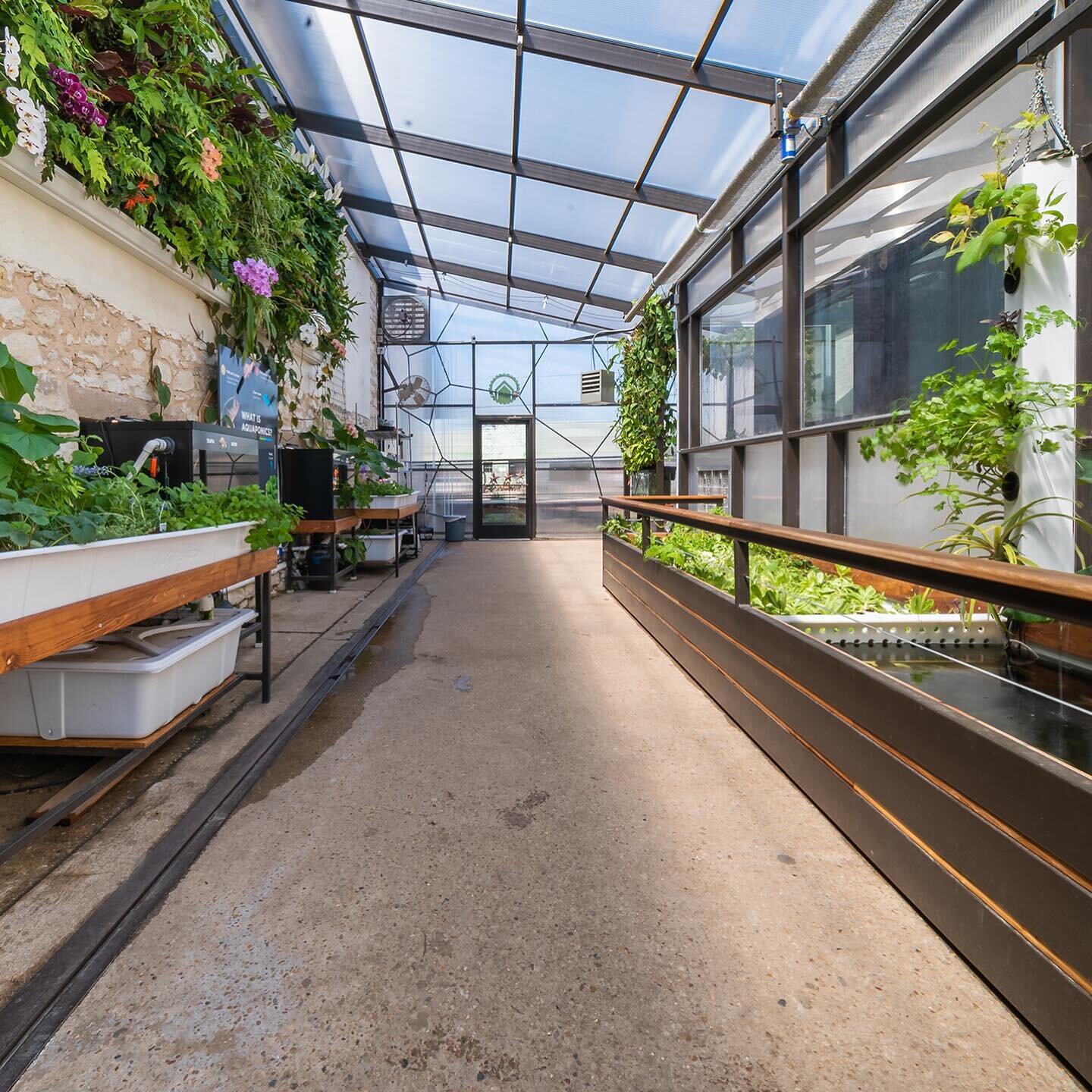
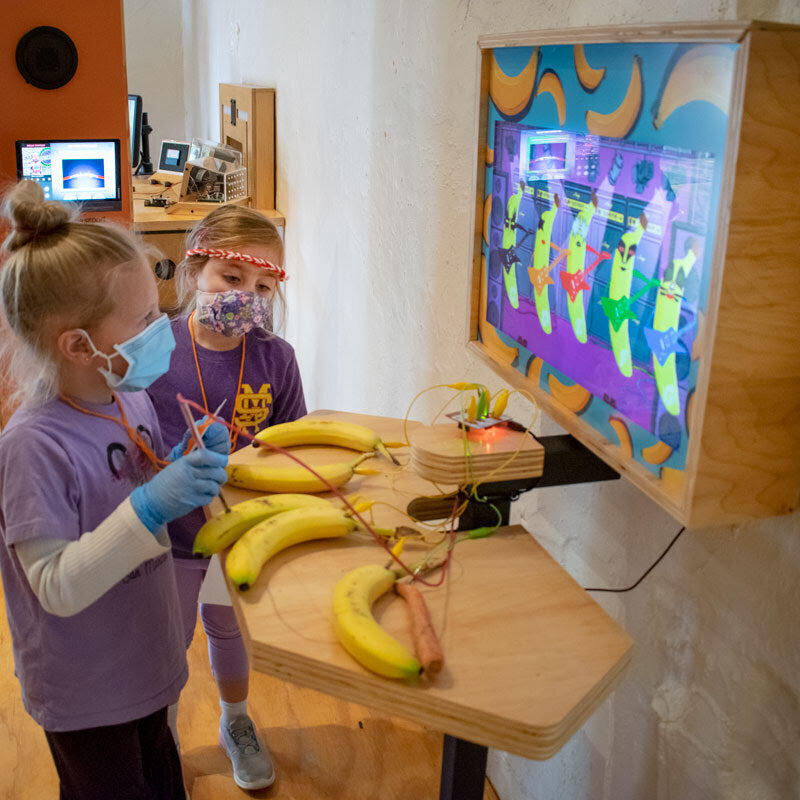
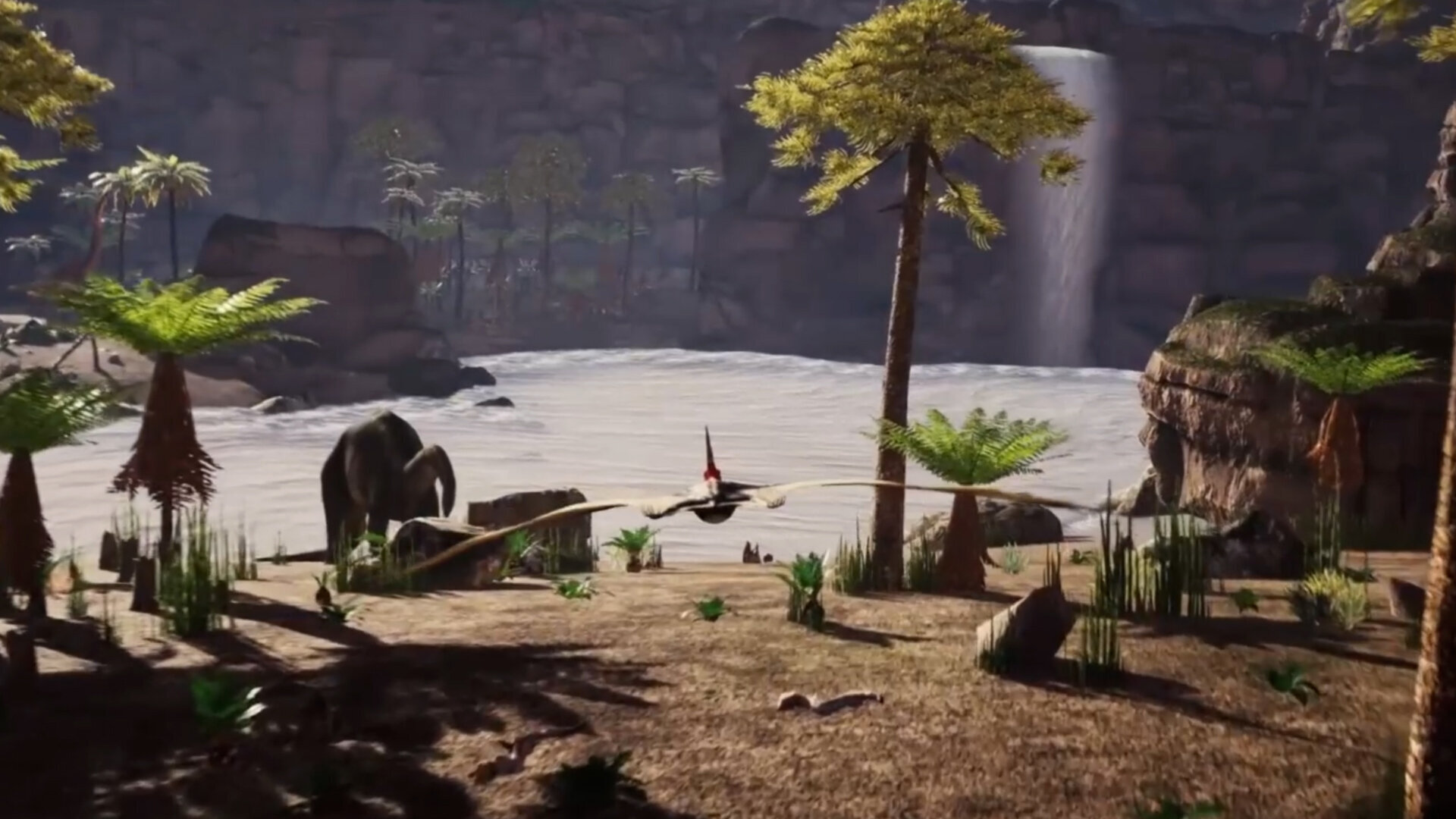







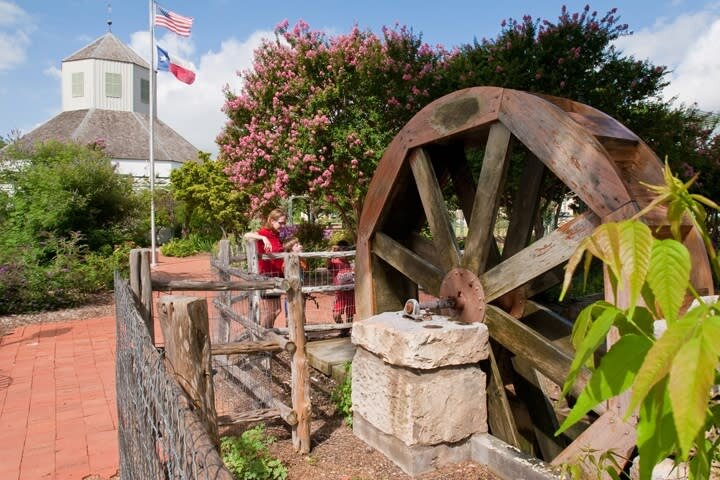
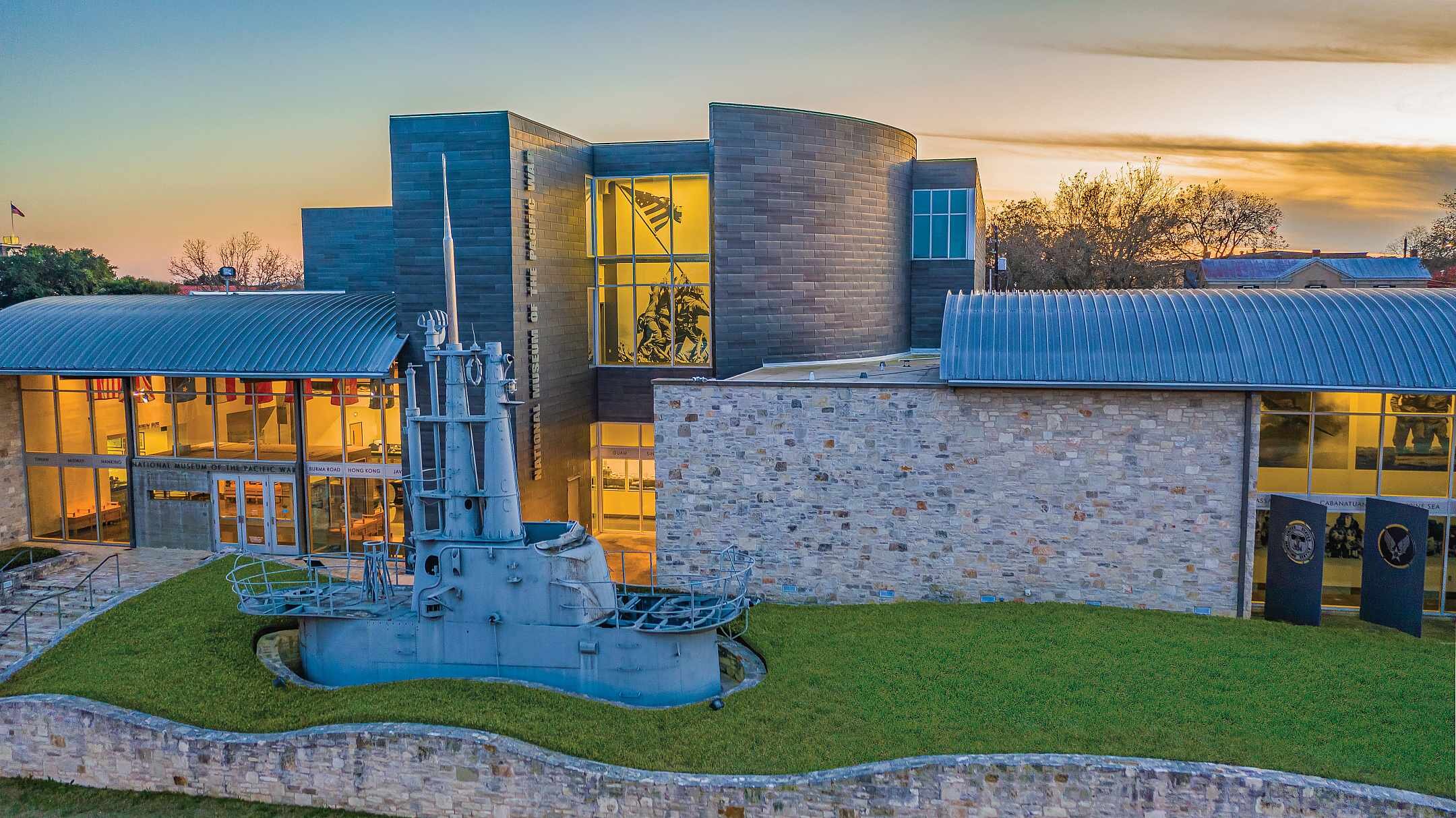
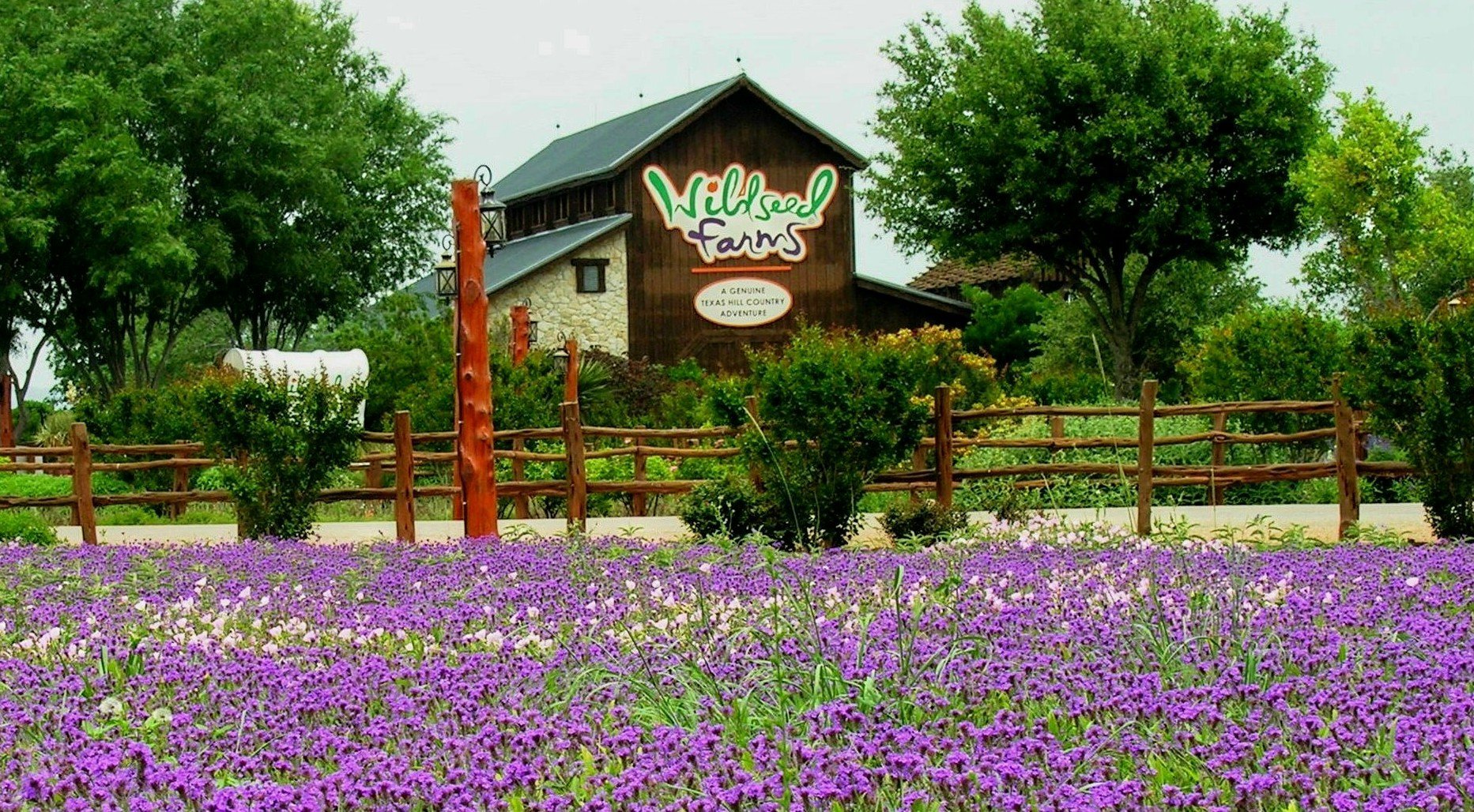
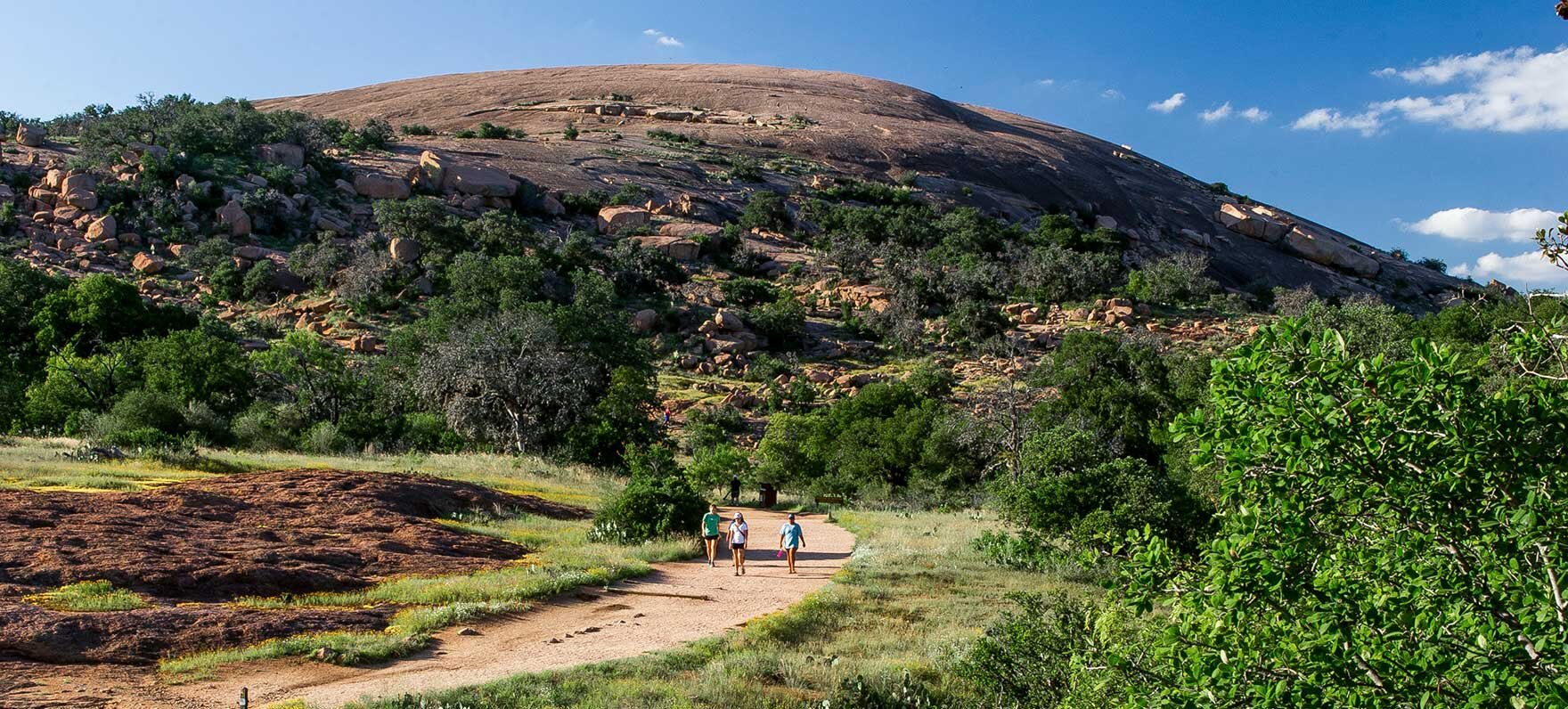

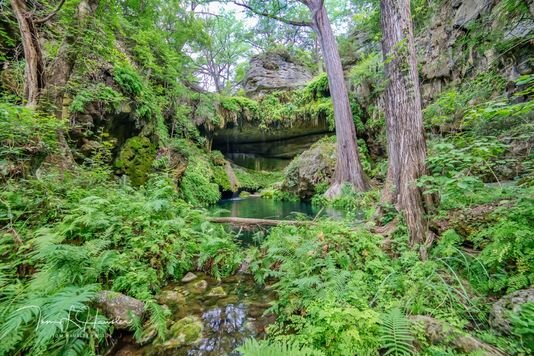

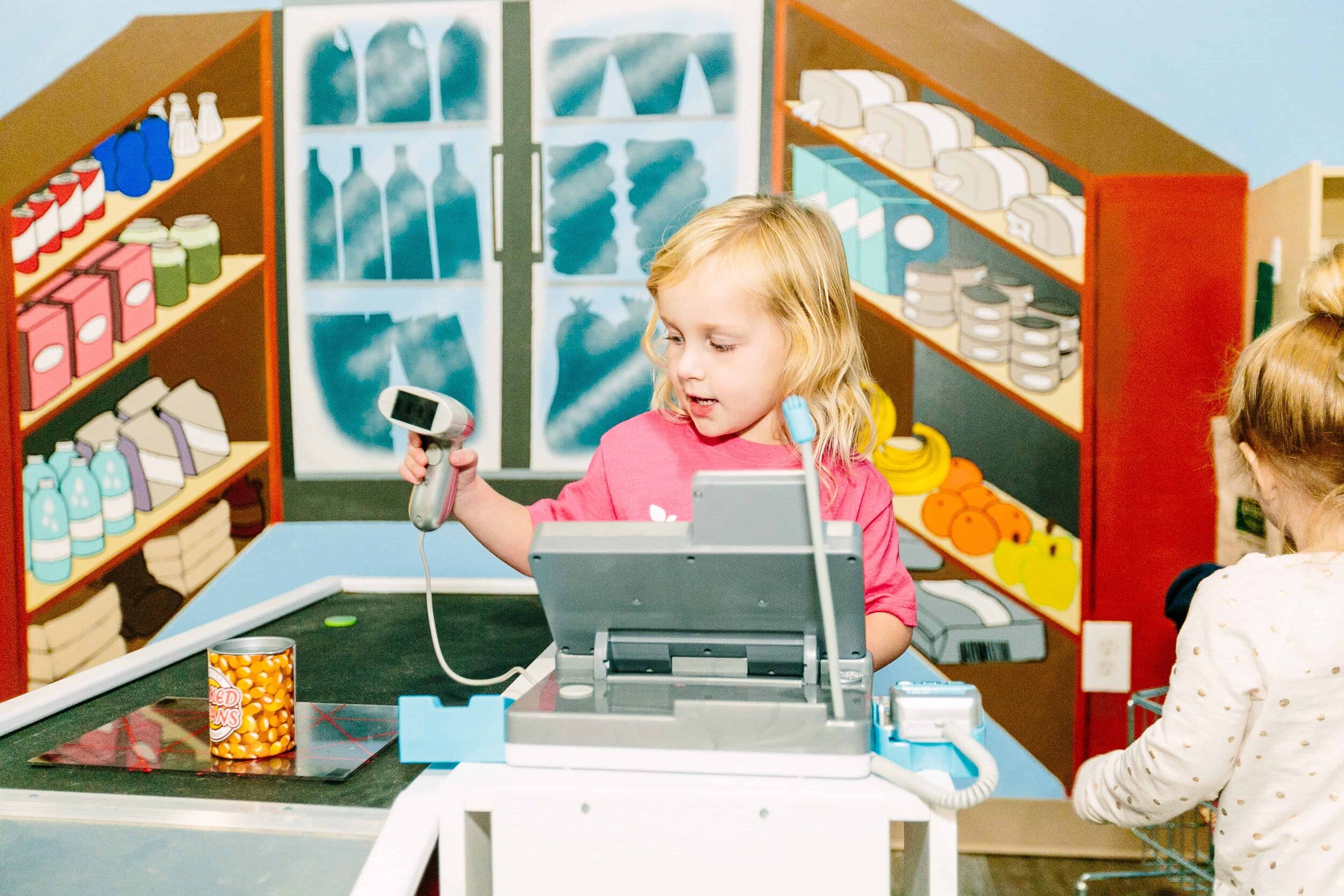
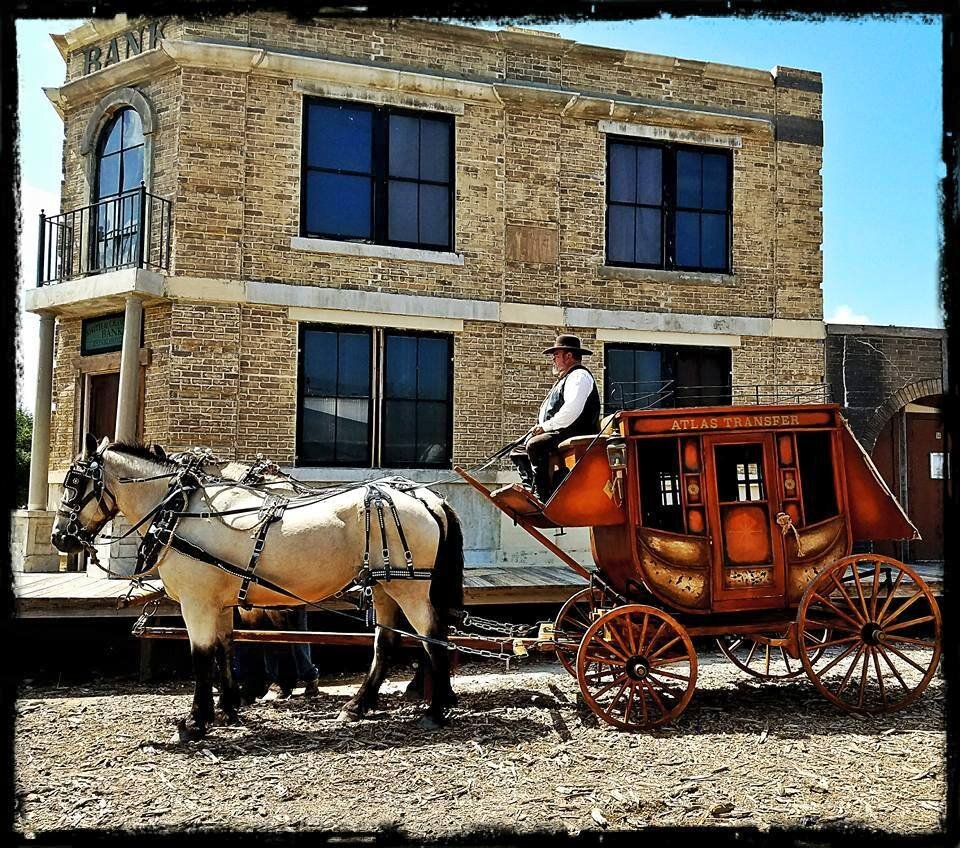

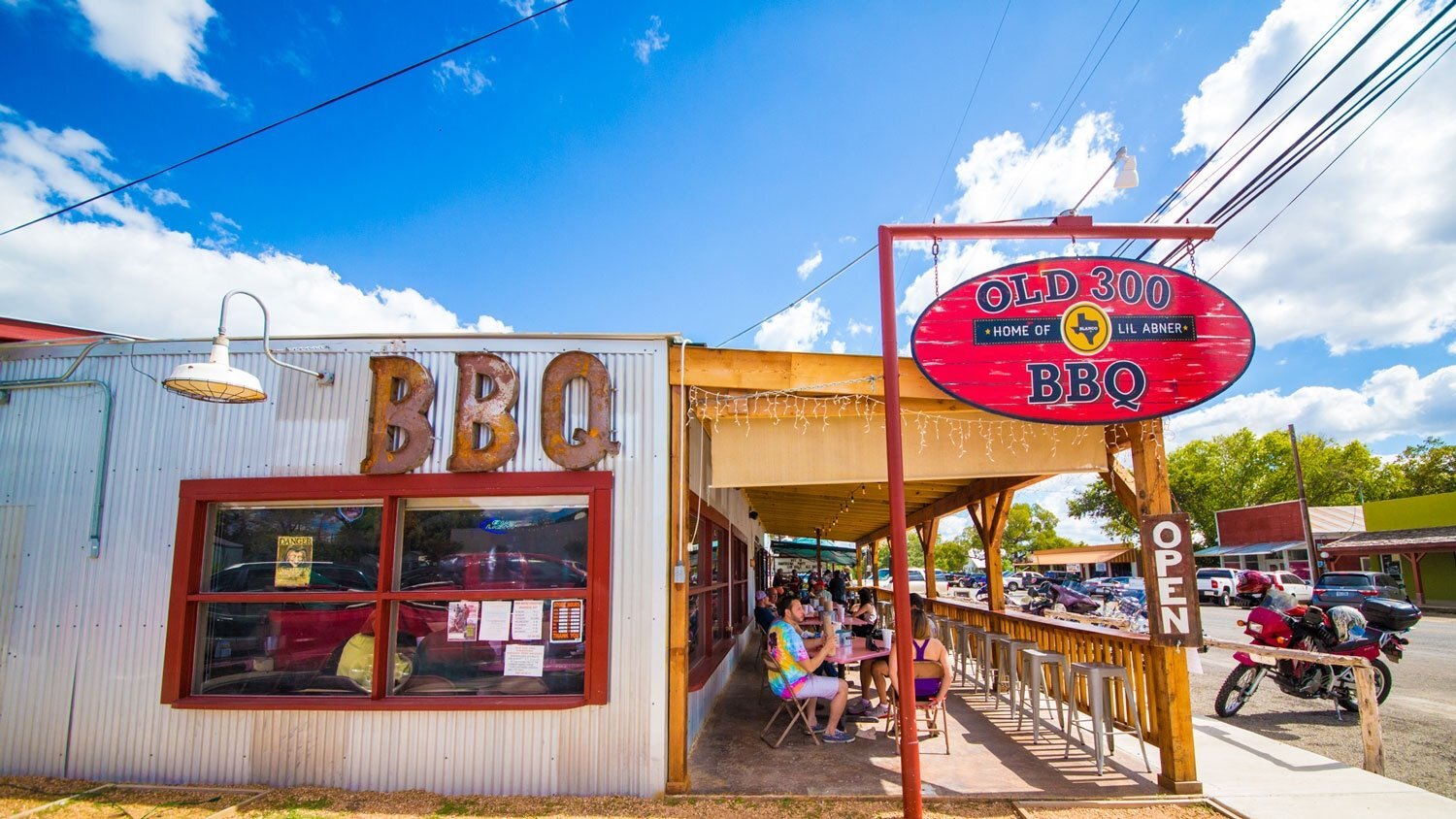
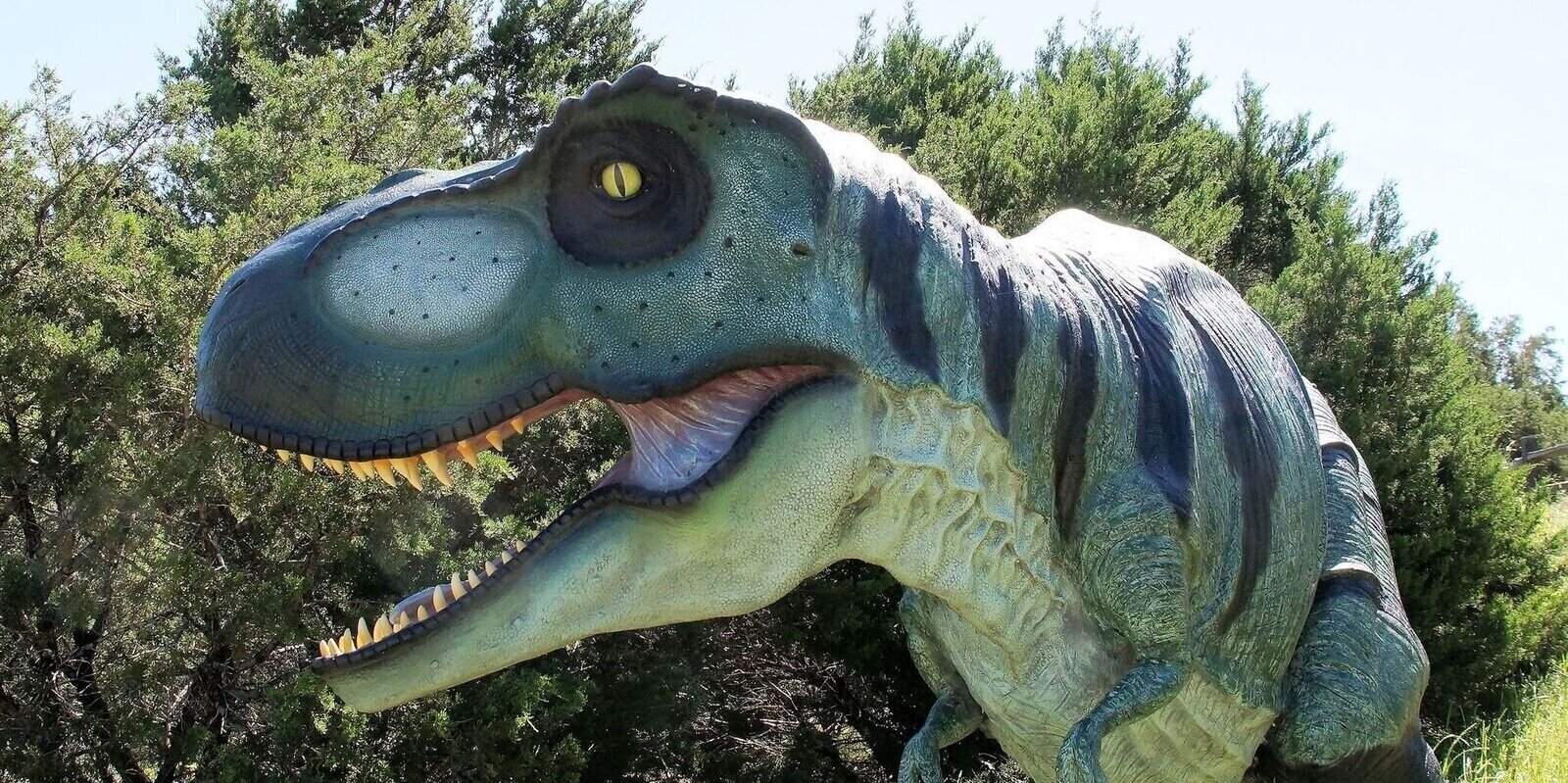

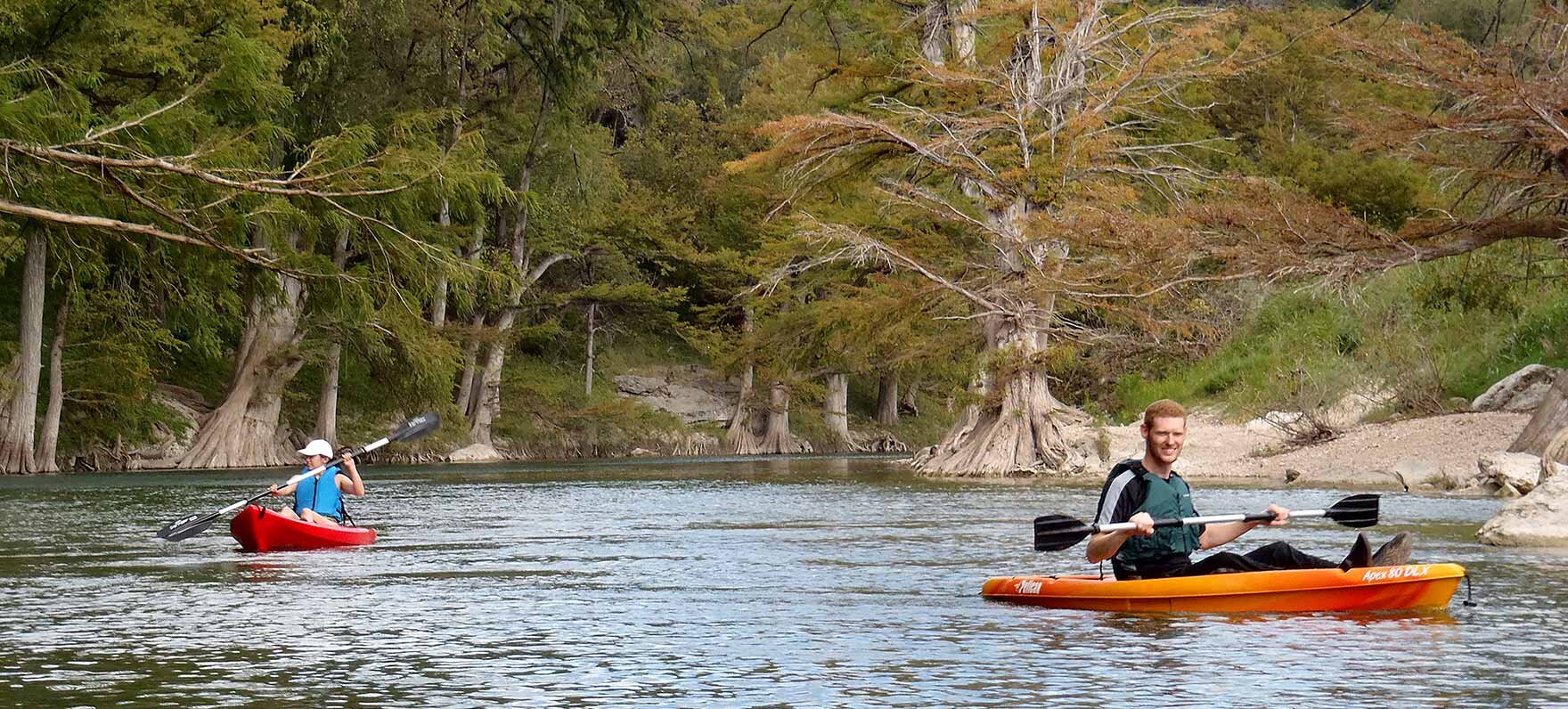
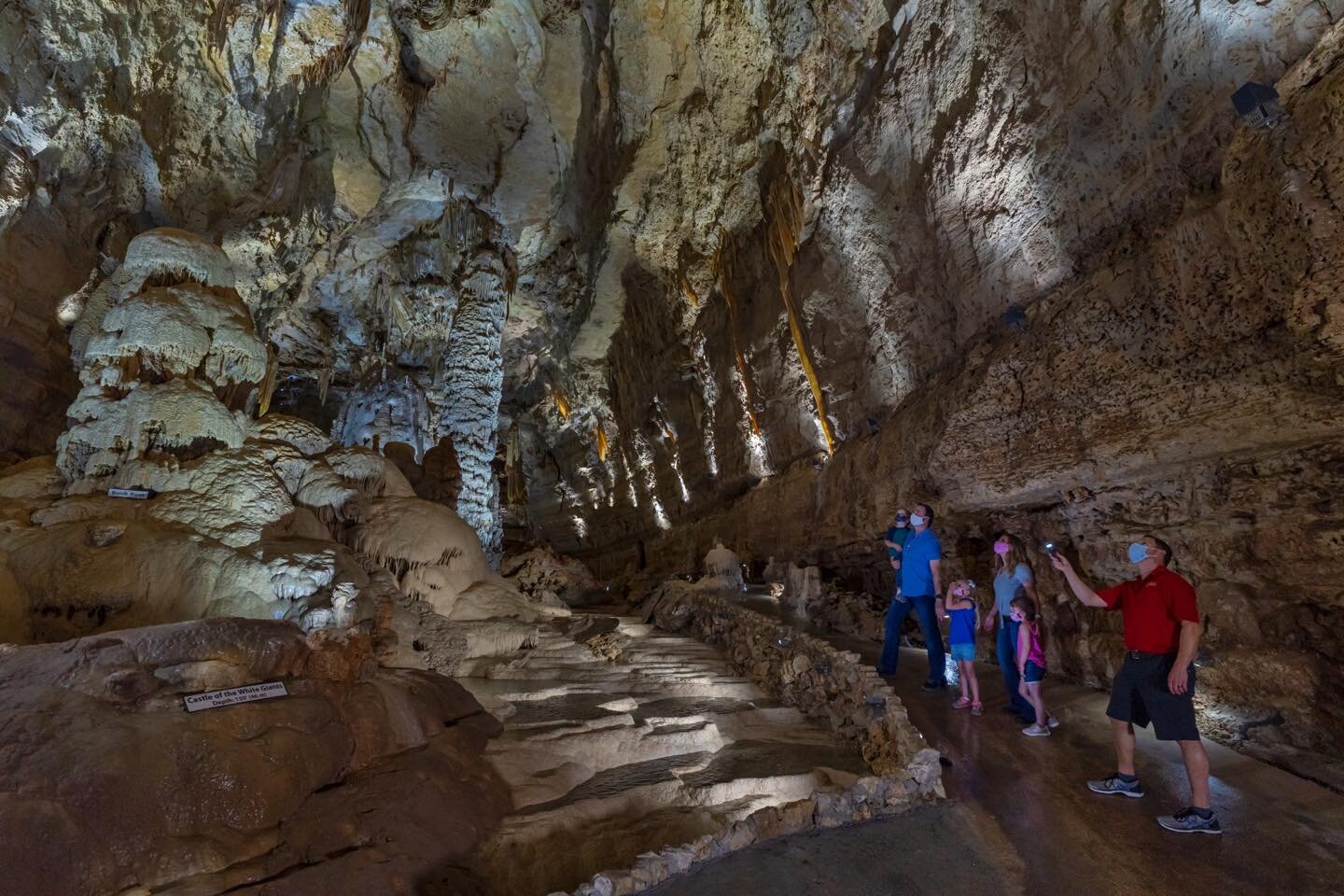
Fall wildflowers create a second spring in the Hill Country, and the Science Mill is surrounded by prime bloom-spotting stops.
Pedernales Falls State Park and Lyndon B. Johnson State Park & Historical Site are local stand-outs, both less than 20 minutes from the Science Mill. Heading west from the Mill toward Fredericksburg, visit Wildseed Farms to stroll the fields of a working wildflower farm. Farmers there harvest wildflower seeds, which you can purchase for planting at home. Or pick up the Willow City Loop just outside Fredericksburg for a scenic drive along meadows and fields. (Photo: Thomas L. Muller)